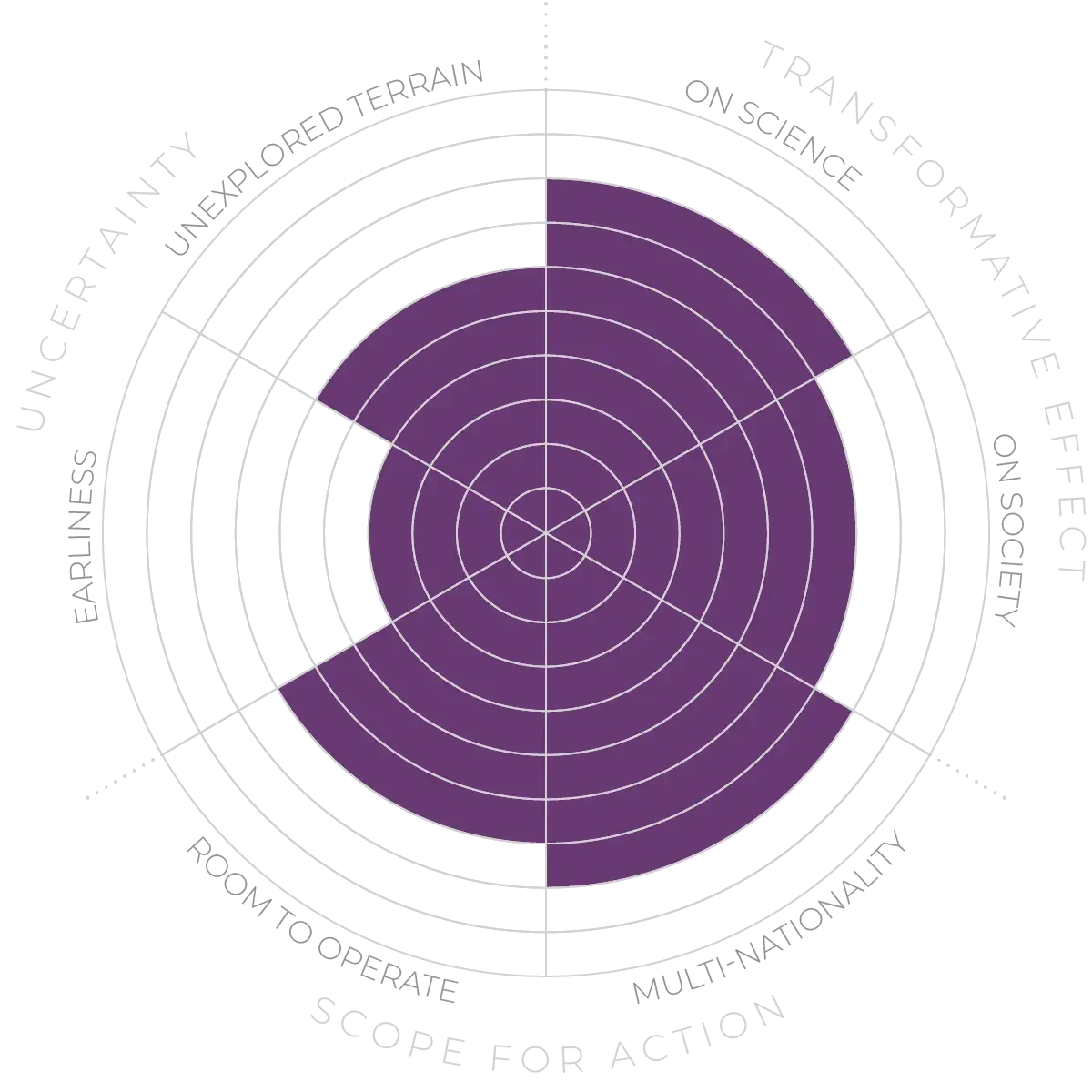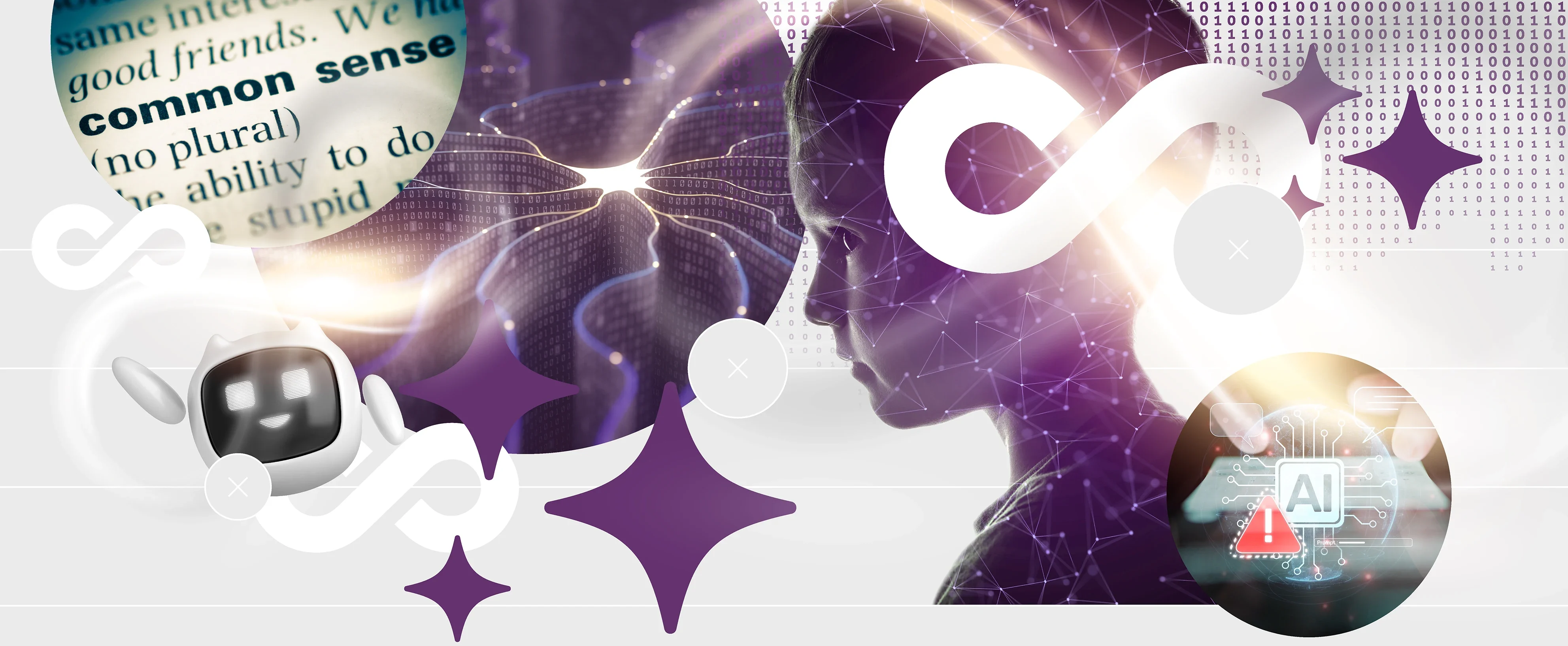Future Horizons:
10-yearhorizon
Foundational principles undergo fundamental shifts
25-yearhorizon
AI technology and societal interfaces are reshaped
LLMs and correlated AI models, for example, excel at fluency and generalisation, but are prone to spurious correlations, lack causal and counterfactual reasoning, and can be fooled by perceptual illusions. Robust intelligence will require new representations and architectures, going beyond scaling and focusing on joint perception-action models, internal consistency and intervention-centric learning.13,14,15 If research is to progress in helpful ways, there is a need to rethink education,16 both in the content of statistics and algorithms, and in interdisciplinary skills spanning philosophy, ethics and computational sciences.17 Ethical, safety and alignment considerations must also be embedded at the foundational level, especially regarding long-term impacts on society, democracy and human flourishing.
The future of AI is as much about discovering new principles as it is about continuous improvement and scaling of current architectures. Researchers in this field must remain humble and open to unexpected discoveries. Furthermore, AI’s trajectory should be guided not only by intellectual elegance but also by societal needs, human values and democracy.
AI foundations - Anticipation Scores
The Anticipation Potential of a research field is determined by the capacity for impactful action in the present, considering possible future transformative breakthroughs in a field over a 25-year outlook. A field with a high Anticipation Potential, therefore, combines the potential range of future transformative possibilities engendered by a research area with a wide field of opportunities for action in the present. We asked researchers in the field to anticipate:
- The uncertainty related to future science breakthroughs in the field
- The transformative effect anticipated breakthroughs may have on research and society
- The scope for action in the present in relation to anticipated breakthroughs.
This chart represents a summary of their responses to each of these elements, which when combined, provide the Anticipation Potential for the topic. See methodology for more information.



